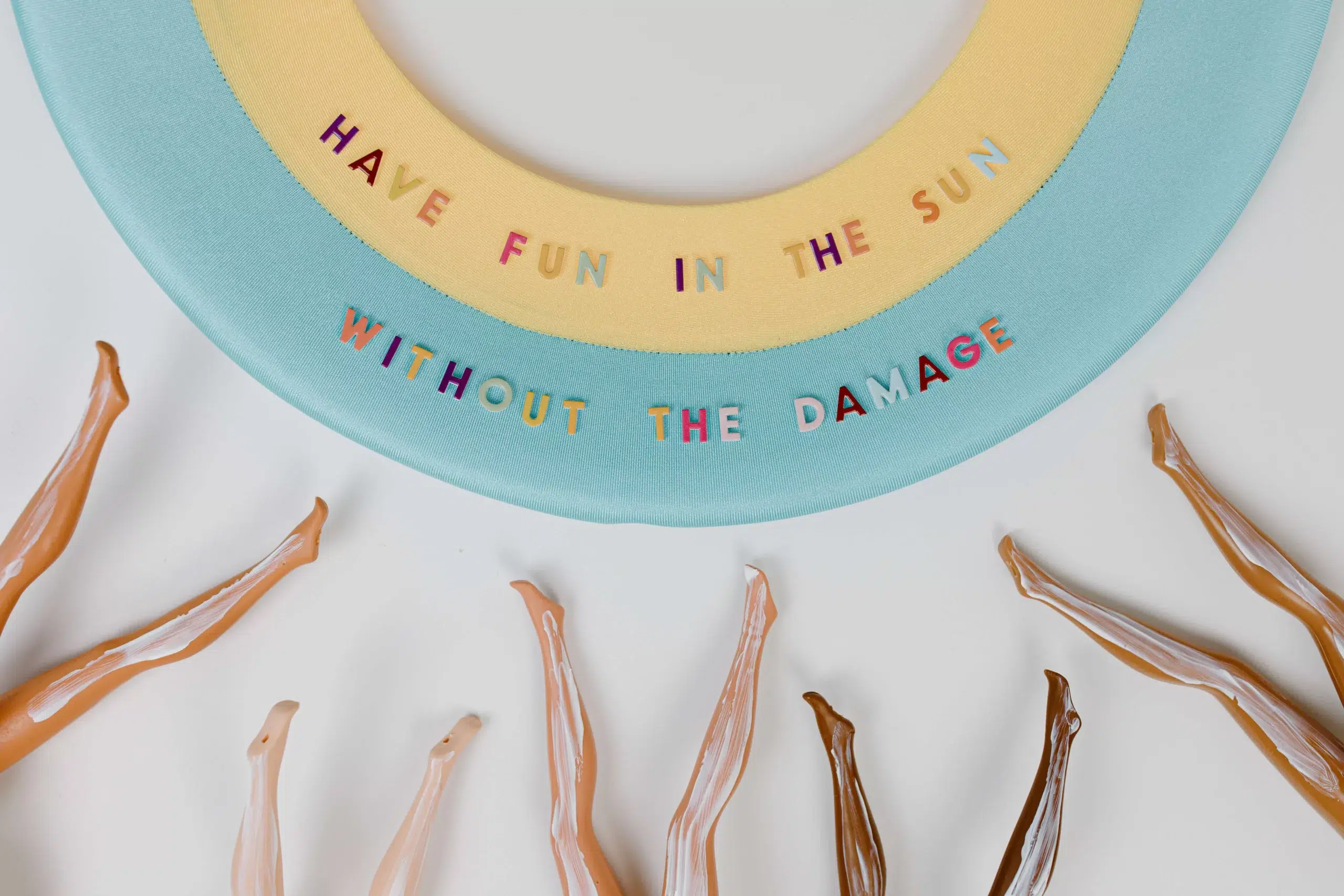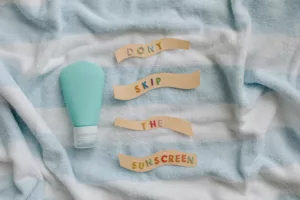

Sun Care


The sun’s warm embrace can be inviting, but its rays can also be harsh and damaging to our skin. To safeguard your skin from the sun’s harmful effects, you need more than just a vague understanding of sunscreen. It’s time to delve into the world of sun protection acronyms: SPF, UVA, UVB, and PA+++. By grasping the meaning behind these terms, you’ll be equipped with the knowledge needed to choose the right sun protection and shield your skin against potential damage.
SPF, or Sun Protection Factor, is your skin’s guardian against the sun’s harmful ultraviolet (UV) radiation. This numerical value indicates how long a sunscreen can protect your skin from getting sunburned compared to not wearing any protection. For instance, an SPF 30 sunscreen allows you to stay in the sun 30 times longer without burning than if you were unprotected.
However, it’s important to understand that SPF doesn’t provide a linear scale of protection. An SPF 15 blocks about 93% of UVB rays, while an SPF 30 blocks about 97%, and an SPF 50 blocks about 98%. Going beyond SPF 50 doesn’t necessarily provide significantly more protection. Regardless of the SPF, you should reapply sunscreen every two hours and after swimming or sweating to maintain its effectiveness.
UVA (Aging Rays): UVA rays penetrate the skin more deeply and are primarily responsible for premature aging. These rays can contribute to fine lines, wrinkles, and age spots. They are present throughout the day, even on cloudy days and through windows, making protection against UVA rays crucial.
UVB (Burning Rays): UVB rays are responsible for causing sunburn and are more intense during the midday hours. They affect the top layer of the skin and play a significant role in the development of skin cancer. UVB rays are also responsible for the body’s production of Vitamin D, an essential nutrient.
While SPF focuses on UVB protection, PA+++ measures the level of UVA protection in a product. The PA system originated in Japan and uses a grading system, with more “+” symbols indicating higher protection. Each “+” symbol represents approximately 1/3 more protection against UVA rays.
When shopping for sunscreens, look for those with a high PA rating to ensure comprehensive UVA and UVB protection.
Ideally, you want a sunscreen that provides both UVA and UVB protection – this is known as broad-spectrum protection. Broad-spectrum sunscreens guard your skin against a wide range of damaging rays, helping prevent not only sunburn but also long-term skin damage and aging. Many modern sunscreens offer this comprehensive protection to ensure you’re covered on all fronts.
When selecting a sunscreen, consider the following factors:
Understanding the nuances of SPF, UVA, UVB, and PA+++ is essential for making informed choices about sun protection. Remember, sun protection isn’t just a seasonal concern – it’s a year-round necessity. Whether you’re lounging on the beach, running errands, or spending time near windows, your skin is always vulnerable to the sun’s rays. Embrace sun protection as a lifestyle choice, and your skin will thank you with a healthy and radiant glow that stands the test of time.
Sustainable Shades For many DIY enthusiasts and design aficionados, a fresh coat of paint is…
Cruelty-Free Solutions for a Healthier You Chronic inflammation can be a relentless foe, disrupting our…
Unleashing Your Brain's Potential In today's fast-paced world, maintaining sharp mental focus and cognitive agility…
Exploring DIY Organic Makeup Fixers For the eco-conscious beauty enthusiast, the quest for flawless makeup…
A Sensitive Exploration The clean beauty movement has taken the beauty world by storm. Consumers…
Taming the Mane Frizz – the bane of smooth hair dreams. It can transform a…
This website uses cookies.